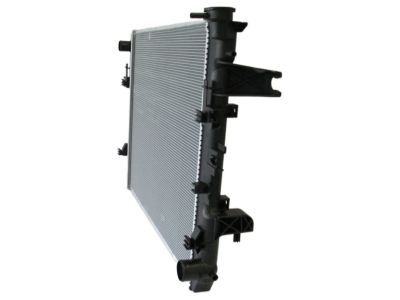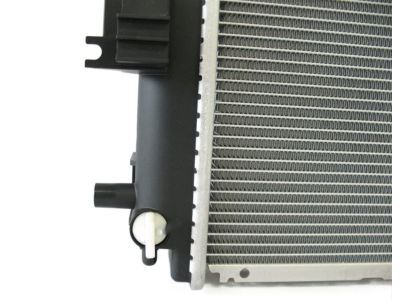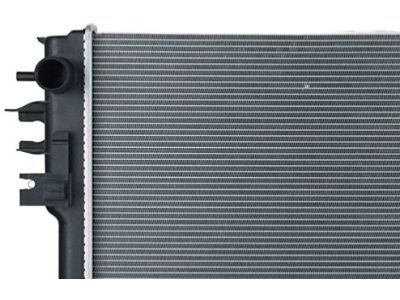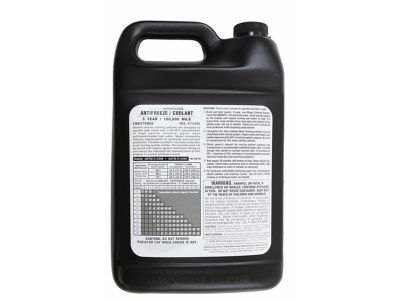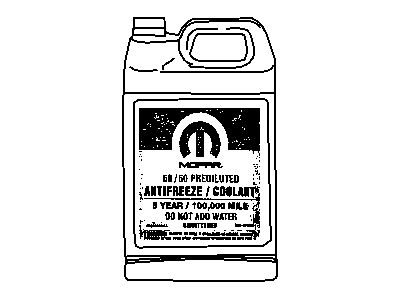
My Garage
My Account
Cart
Genuine Dodge Ram 1500 Radiator
Cooling Radiator- Select Vehicle by Model
- Select Vehicle by VIN
Select Vehicle by Model
orMake
Model
Year
Select Vehicle by VIN
For the most accurate results, select vehicle by your VIN (Vehicle Identification Number).
41 Radiators found

Dodge Ram 1500 Engine Cooling Radiator
Part Number: 55056681AE$263.14 MSRP: $394.00You Save: $130.86 (34%)
Dodge Ram 1500 Engine Cooling Radiator
Part Number: 55056858AC$401.50 MSRP: $609.00You Save: $207.50 (35%)
Dodge Ram 1500 Engine Cooling Radiator
Part Number: 55056682AC$269.83 MSRP: $404.00You Save: $134.17 (34%)
Dodge Ram 1500 Engine Cooling Radiator
Part Number: 55056681AD$263.14 MSRP: $394.00You Save: $130.86 (34%)

Dodge Ram 1500 Engine Cooling Radiator
Part Number: 55056682AA$269.83 MSRP: $404.00You Save: $134.17 (34%)
Dodge Ram 1500 Engine Cooling Radiator
Part Number: 52006478$583.45 MSRP: $853.00You Save: $269.55 (32%)
Dodge Ram 1500 Engine Cooling Radiator
Part Number: 52030191AA$572.28 MSRP: $838.00You Save: $265.72 (32%)Dodge Ram 1500 Engine Cooling Radiator
Part Number: 55056870AC$327.81 MSRP: $492.00You Save: $164.19 (34%)Dodge Ram 1500 Engine Cooling Radiator
Part Number: 55056870AB$327.81 MSRP: $492.00You Save: $164.19 (34%)Dodge Ram 1500 Engine Cooling Radiator
Part Number: 52028057AE$203.04 MSRP: $300.00You Save: $96.96 (33%)Dodge Ram 1500 Engine Cooling Radiator
Part Number: 52029177AA$486.78 MSRP: $712.00You Save: $225.22 (32%)Dodge Ram 1500 Engine Cooling Radiator
Part Number: 52029176AA$583.45 MSRP: $853.00You Save: $269.55 (32%)


| Page 1 of 3 |Next >
1-20 of 41 Results
Dodge Ram 1500 Radiator
The Dodge Ram 1500 Radiator as a functional part crucial in regulating the temperatures of the engine when on long trips or on cross-country travels. The Radiator plays the role of Intake passage by removing heat from the engine coolant and transferring heat to air by a mechanism of Heat exchanger thus allowing the efficient operation of the engine. Common materials for Dodge Ram 1500 Radiators are aluminum core with plastic or aluminum tanks and rare copper/brass Radiators. Performance Radiators are always better than factory Radiators because they have a better design and a better cooling of the coolant which makes it better for the engine. Radiators that are worn out have signs such as leakage, excessive heat, and inadequate power for the engine and hence replacements should be done to avoid poor functionality. When it comes to Radiator grids for Dodge Ram 1500 it is preferable to use Epoxy-free Radiators since they will be able to face harsh heat pressures while functioning at their premier. Aluminum Coolers are used for better performance, the reduction in the weight of the Dodge Ram 1500.
Looking for affordable and high-quality auto parts? Then you have already arrived at the proper online shop. We offer all Dodge Ram 1500 Radiator at great affordable prices. Moreover, all genuine Dodge Ram 1500 Radiator come with a manufacturer's warranty. In the long run, you would realize you have saved a lot of trouble and money with OEM parts from here.
Dodge Ram 1500 Radiator Parts Questions & Experts Answers
- Q: How to Remove the Radiator on Dodge Ram 1500?A:To remove the gasoline engine, start by disconnecting the cable from the negative battery terminal. Then, raise the vehicle and support it securely on jackstands. Drain the cooling system and remove the cover from beneath the radiator if necessary. Use pliers to remove the lower radiator hose clamps and remove the lower fan shroud and lower electric fan wiring harness clip if applicable. Lower the truck and remove the upper radiator hose and upper radiator cover. Remove the engine-mounted viscous fan, grille, and transmission cooler lines if it's an automatic transmission-equipped vehicle. For 2009-2011 models, remove the Coolant Reservoir and windshield washer reservoir, and remove the bolts from the front of the transmission cooler and air conditioning condenser. Remove the top center clip securing the electric fan to the radiator and disconnect the transmission cooler lines. Detach the air conditioning compressor and transmission cooler from the radiator and remove the fan shroud mounting bolts. Release the fan clips from the radiator and remove the viscous engine-mounted fan, shroud, and electric fan together. For 2012 and later models, unbolt the jumper line tapping block from the radiator and detach the brackets from the air conditioning condenser and transmission cooler. Carefully release the cooler from the clip and disconnect the wiring from the electric fan. Remove the fan shroud mounting bolts and slide it to the rear. Remove the fan shroud and electric fan together. Disconnect the overflow hose from the filler neck of the radiator. For all models, remove the upper radiator mounting bolts and lift the radiator from the engine compartment. When reinstalling, inspect the radiator for leaks and damage, clean the front of the radiator, and inspect the radiator mounts. Fill the cooling system with the proper mixture of antifreeze and water, start the engine, and check for leaks.



